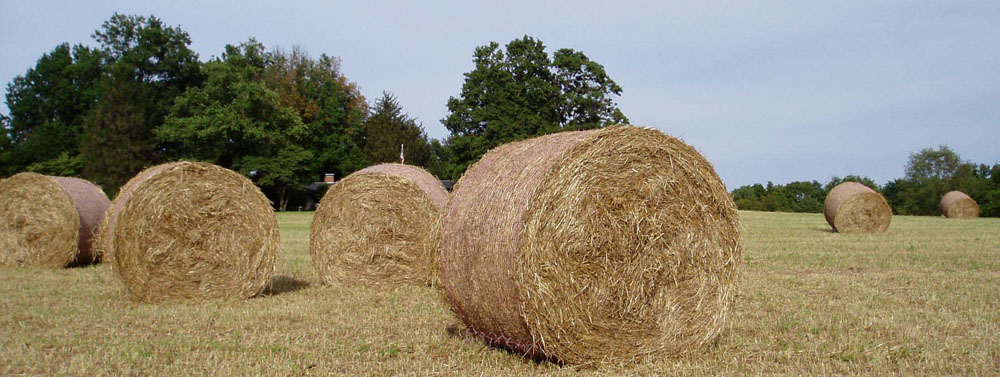Academic Agribusiness in a Microeconomic Model
Teaching undergraduate college students, today, means meeting them where they are at, on their terms. For subjects like agribusiness, economics, bioenergy systems, and environmental services there is no shortage of compelling topics. The value added by the classes must provide the problem-solving tools and critical thinking framework of production ecosystems, prepare students for jobs in the economy (macro model) that likely didn’t exist when students began their 4-year college degree, and provide a functional business planning/decision-making framework on which to build.
This brings us to a microeconomic business model for teaching agribusiness. Biomass Rules, LLC conducted feasibility studies for biomass entrepreneurs 15 years ago. Ten years ago, in University of Missouri-Extension, I taught farmers business planning. Business planning is an excellent lens through which to teach 20-something students agribusiness.
Business planning documents contain four parts: the business identity/structure, marketing plan, operation plan, and the financial plan. The agricultural and non-agricultural business courses in the GU agribusiness program can be grouped under these four headings. The courses shaded and italicized are agricultural courses, the underlined and italicized courses are non-agricultural classes taught by the director of the agribusiness program and the other classes are traditional business school classes without a direct or indirect ag influence.
The objective in the Greenville University (GU) agribusiness program is to distil out the most important knowledge and skills and credibly deliver them to the students while constrained with limited time and resources.
Building this agricultural program in a traditional business school has helped identify the most critical parts. Such as, “How many credit hours of agricultural classes are necessary for the agricultural part of the agribusiness?” GU agribusiness began with 12 dedicated, theoretical courses in agriculture, but found that the initial 12 credit hours were not sufficient. Currently the agribusiness curriculum contains 21 credit hours within an agricultural context, plus 3 credits of an agribusiness practicum.
As before, this is currently not how agribusiness programs are commonly defined. And, yes, every subject opens the questions of whether each topic should be dedicated to agriculture or not. At GU, undergraduate economics (not agricultural economics) are taught by the director of agribusiness and include one semester project on wealth creation in rural communities. Commodity markets, including agricultural commodities, are covered in general economics and the agricultural-specific infrastructures are covered in the GU agricultural marketing course.
The new post-COVID paradigm and what is employed at Greenville University agribusiness, starts with where the students are, arms them with relevant, powerful decision-making tools. And then lures them into the business theory (once they realize they cannot function without it). Not long ago, tradition necessitated students taking ownership of a new discipline in which to study. Today’s academics must speak to the students as they begin and resonate with them throughout their degree program.



Comments
Academic Agribusiness in a Microeconomic Model — No Comments
HTML tags allowed in your comment: <a href="" title=""> <abbr title=""> <acronym title=""> <b> <blockquote cite=""> <cite> <code> <del datetime=""> <em> <i> <q cite=""> <s> <strike> <strong>